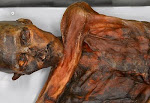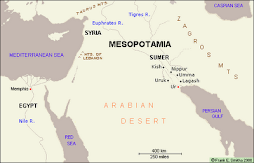
Colonias griegas: Emporiai, Hemeroskopeion, Zakynthos.
Colonias fenícias: Sexi, Abdera, Malaka, Carmona, Onuba, Tartessos, Kartaia, Gadir.

All that changed in November 1922, when Tutankhamun's tomb was discovered by the British Egyptologist Howard Carter who was excavating on behalf of his patron Lord Carnarvon. His tomb almost escaped discovery and could have been undiscovered to this day.
Carter had been searching for the tomb for a number of years and Carnarvon had decided that enough time and money had been expended with little return. However, Carter managed to persaude his patron to fund one more season and within days of resuming the tomb was found.
Today, the tomb still contains the pharaoh's remains, hidden from view inside the outermost of three coffins. He is the only pharaoh still residing in the Valley of the Kings - as far as we know!
The tomb itself is very small and appears to have been destined for someone of lesser importance. Tutankhamun's unexpected early demise saw the tomb's rushed modification to accommodate the pharaoh
Comparativa entre arte paleolítico y arte Mesolitico

Siguiendo la imagen realiza una tabla donde compares estos dos tipos de arte de la P. Ibérica.
| |  |  |
| Lugar | |
|
| Epoca | | |
| Colores | | |
| Técnicas | | |
| Estilo | | |
| Temática | | |
| ¿ Hay figura humana ? | | |
Opino que Mesopotamia tenía mucha vegetación pero, esta se encuentra entre dos ríos y que el clima es muy irregular





